Starbucks Coffee Bean Starbucks elegant Manor and Glinchi Coffee supply chain
What is the Starbucks coffee supply chain like? Today, we briefly introduce several places of origin of Starbucks:
Starbucks has nine grower support centers around the world. According to Starbucks' website, the purpose of the existence of the grower support center is to improve the coffee industry and the quality of local coffee beans through sustainable development, thus changing the living standards of farmers.

Starbucks 9 grower support centers were established:
San Jos é, Costa Rica (San Jose, Costa Rica): 2004 (moved to Manor Alsacia 2016)
Guatemala City, Guatemala (Guatemala): 2006
Kigali, Rwanda (Mbeya, Tanzania): 2009
Mbeya, Tanzania (Kigali, Rwanda): 2011
Manizales, Colombia (Manisales, Colombia): 2012
Yunnan, China (Yunnan, China): 2012
Addis Ababa, Ethiopia (Ethiopia): 2014
North Sumatra, Indonesia (North Sumatra, Indonesia): 2015
Chiapas, Mexico (Chiapas, Mexico): 2016

Rwanda, 2014
Starbucks established its first grower support Center (FSC) in San Jose, Costa Rica in 2004, and later established FSC in Guatemala and Colombia to provide services and support to coffee growers in Latin America.

This was followed by the establishment of grower support centres in Tanzania and Rwanda in 2009 to serve coffee growers in East Africa.
The sixth FSC was established in Yunnan, China in 2012.

Costa Rica Hacienda Alsacia Coffee Farm
In 2013, Starbucks bought a 240-hectare coffee farm in Alajuela, near San Jose, Costa Rica, called ALSACIA Manor.


Starbucks opened its 46000-square-foot coffee farm in Costa Rica to the public for the first time and is also its coffee research and development center, offering an immersive coffee experience from seeds to cups.



The open venues include nurseries, coffee planting greenhouses, coffee fields, drying rooms for raw bean treatment and water treatment plants.


In order to give customers a better experience, Starbucks has established the most well-equipped coffee bar, providing multiple advanced coffee extraction equipment, and the extracted coffee beans are also directly from the farm and roasted on the spot.

Go to the coffee farm to experience the whole process of making coffee and taste the freshest Hacienda Alsacia coffee in the cafe. The manor provides a site for research on the cultivation of various existing coffee species and new Arabica species for a variety of purposes, such as plant disease and insect resistance, cup test quality, increasing yield, etc. Perhaps Starbucks can benefit not only from these studies through flexible supply chains, but also from world coffee.

Starbucks is cultivating 17 new SARCHIMOR varieties. SARCHIMOR is a hybrid of Verasachi and East Timor, and the seeds of SARCHIMOR are open to all farmers.

On the basis of the original coffee plantation, Starbucks has also built a visitor center with an area of 4274 square meters.

Elegant Manor, Yunnan, China
In 2012, Starbucks established a grower support Center (Farmer Support Center) in Yunnan.

The quality of the varieties planted at that time was also relatively poor, and FSC initially hoped to promote varieties such as bourbon, Tibica and even Kaddura. However, the local environment is really more difficult to grow than expected, and the planting effect of the samples is not good all the time. So the method of improving the local coffee tree varieties was adopted, and the present Katim in Yunnan gradually came into being.

At the time of the establishment of Yunnan FSC, Starbucks established Starbucks Love Coffee (Yunnan) Co., Ltd., a joint venture with local enterprises, for coffee procurement and initial processing. And all farmers who want to sell coffee beans to Starbucks need to be certified by a Starbucks coffee and grower equity specification (C.A.F.E. Practices).

The promotion of C.A.F.E. Practices in Yunnan is also to promote long-term sustainable coffee cultivation to raise social, economic and environmental protection standards. For example, Starbucks has assisted in the construction of a wastewater treatment system, which can treat 30 tons of wastewater every day, adjust the acidity of the wastewater and avoid causing environmental harm.

The Development History of Starbucks in Yunnan
In 2009, when Chinese mainland entered its tenth year, Fengwu Xiangyun was born to celebrate its anniversary. the original blend of Fengwu Xiangyun also included Latin American beans.
In 2014, Fengwu Xiangyun changed its packaging, the origin information is no longer Latin America, now Fengwu Xiangyun is a pure Asia-Pacific comprehensive bean.



▲ is still trying more processing methods.
In 2016, Yunnan was born.
In 2017, a Zhenxuan coffee bean from China. Baked by Shanghai Bakery, China, with a total of less than 500 bags. Unlike in the past, this coffee bean is treated with small batches of yellow honey.
In 2018, the selection of China's elegant Manor,
The elegant Manor, located in Jiangcheng County, Yunnan Province, uses a semi-washed method similar to that of Sumatra and Sulawesi, and uses an African Kenyan net bed when drying to keep the coffee beans away from the ground for better drying.
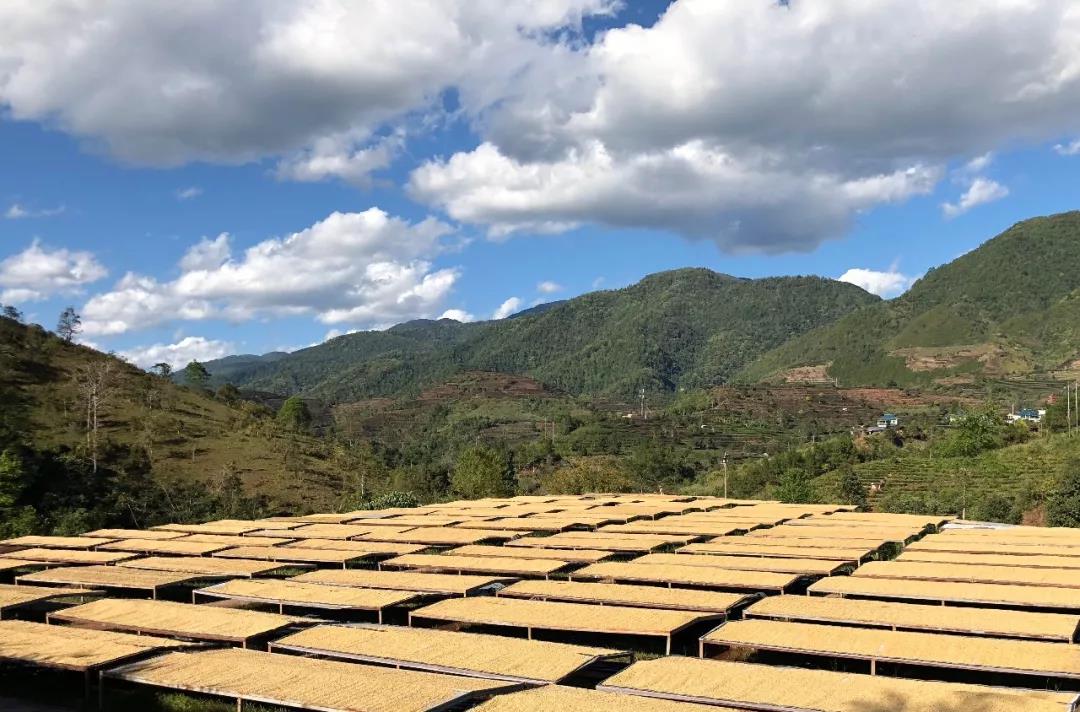
Glinchi Coffee, Sumatra
In 2015, Starbucks established the world's eighth grower support center on the Indonesian island of Sumatra.

Gunung kerinci is actually a place name, Glinchi, Sumatra.

Mount Kerinci, the highest volcano in Indonesia and the highest peak in Sumatra (3805 m), is located in the southeast of Jambi, Sumatra.
The area where the volcano is located is also the largest protected forest in Southeast Asia, known as Kerinci Seblat National Park, the largest national park in Indonesia. The most interesting thing is that Mount Glinchi is still an active volcano.
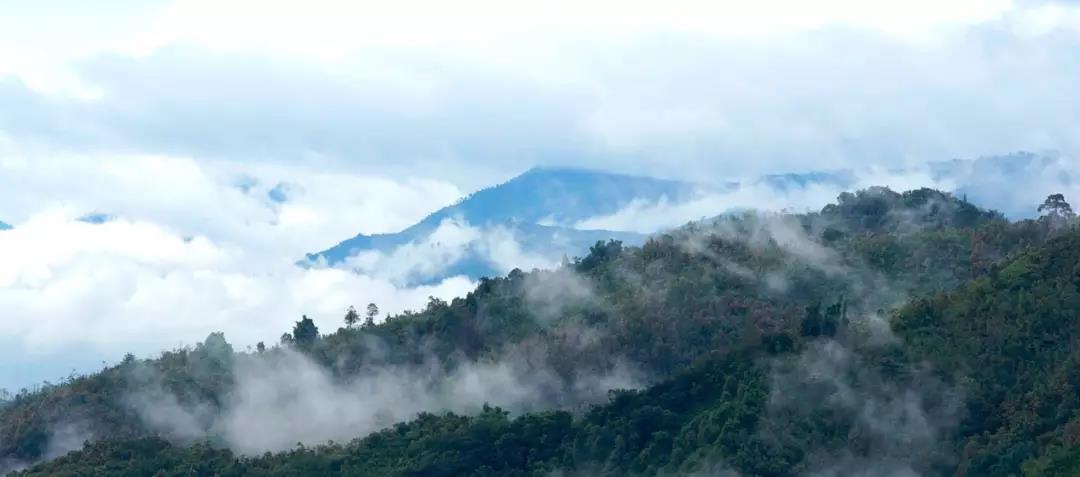
The top crater is 500 meters in diameter and about 600 meters deep, but the most recent eruption was in 2004.
In 2008, Sirup Mawardi, an agronomist at the Starbucks Coffee grower support Center in Sumatra, began to cultivate a seedling variety of Arabica coffee called Agung Sari in the active volcanic region of Glinchi, which can not only improve the resistance of coffee trees to diseases and insects, but also significantly increase their yields.
FSC growers support the center to cultivate healthy seedlings and give them to coffee farmers free of charge to ensure the yield and quality of coffee trees.

In 2009, local farmers began to turn to high-quality Arabica coffee, making full use of the volcanic soil as an excellent growing environment to get more economic returns.


Now, ten years later, the coffee beans produced by Glinchi in Sumatra are purchased from about 680 small farmers in the region. There are no large-scale estates in Sumatra, and most of the coffee beans come from such backyard farmers. this is also the origin of Indonesia's unique semi-washing treatment showing the fragrance of earth herbs.


Starbucks realized the process from seed to cup, from coffee planting to stores, the establishment of coffee grower support center and coffee processing plant, so that Starbucks completed the coverage of the whole industrial chain, Starbucks not only coffee and the third space! (and money.)
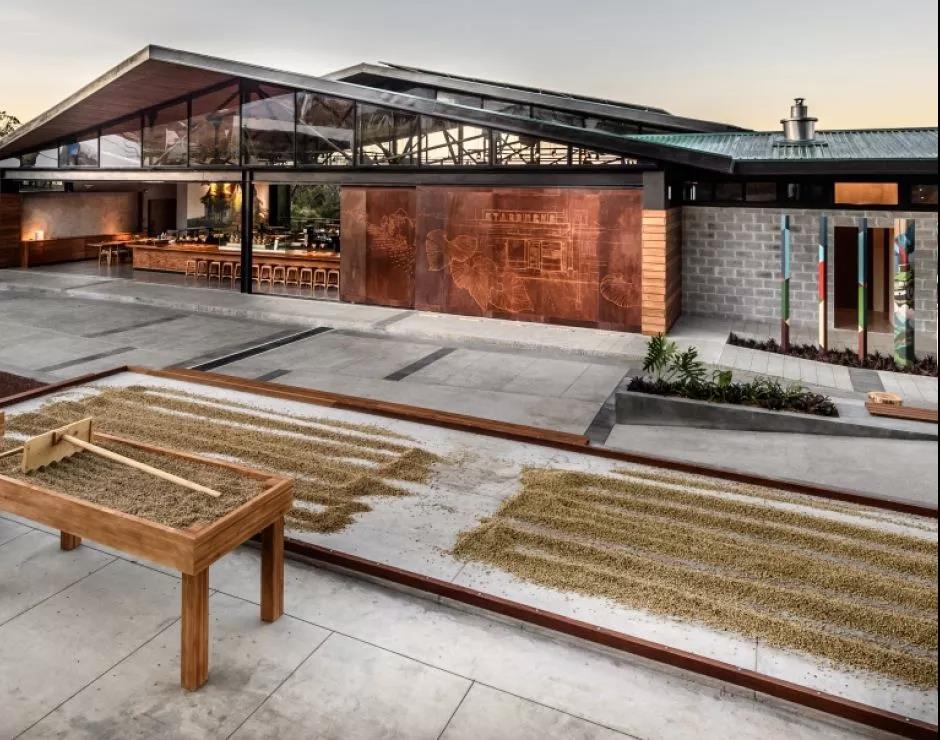
Important Notice :
前街咖啡 FrontStreet Coffee has moved to new addredd:
FrontStreet Coffee Address: 315,Donghua East Road,GuangZhou
Tel:020 38364473
- Prev
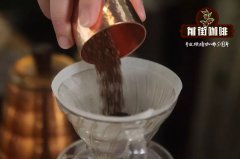
Yunnan small coffee beans Lujiangba PB small round beans delicious _ Lujiangba coffee beans how to rush?
Professional coffee knowledge exchange more coffee bean information please follow the coffee workshop (Wechat official account cafe_style) Yunnan small round beans have loquat breakfast must use Yunnan local round beans to build. This coffee bean, like its name, is small and round, and its taste is extremely pure by washing. In fact, the geographical environment and climatic characteristics of Yunnan are extremely suitable for growing coffee.
- Next
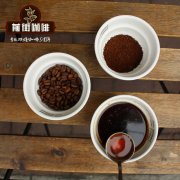
Balu Volcano-Morgan Manor-the flavor and cooking of washed green roses in the Walken region of Panama?
Professional coffee knowledge exchange more coffee bean information please follow the coffee workshop (Wechat official account cafe_style) Panama Volcano Baru-Morgan Manor-washed green roses summer flavor and brewing? Panamanian Coffee Manor-Morgan Manor is close to the Ziricki volcano, 1600-1800 meters above sea level, located on the steep slope west of the Baru volcano.
Related
- Detailed explanation of Jadeite planting Land in Panamanian Jadeite Manor introduction to the grading system of Jadeite competitive bidding, Red bid, Green bid and Rose Summer
- Story of Coffee planting in Brenka region of Costa Rica Stonehenge Manor anaerobic heavy honey treatment of flavor mouth
- What's on the barrel of Blue Mountain Coffee beans?
- Can American coffee also pull flowers? How to use hot American style to pull out a good-looking pattern?
- Can you make a cold extract with coffee beans? What is the right proportion for cold-extracted coffee formula?
- Indonesian PWN Gold Mandrine Coffee Origin Features Flavor How to Chong? Mandolin coffee is American.
- A brief introduction to the flavor characteristics of Brazilian yellow bourbon coffee beans
- What is the effect of different water quality on the flavor of cold-extracted coffee? What kind of water is best for brewing coffee?
- Why do you think of Rose Summer whenever you mention Panamanian coffee?
- Introduction to the characteristics of authentic blue mountain coffee bean producing areas? What is the CIB Coffee Authority in Jamaica?

